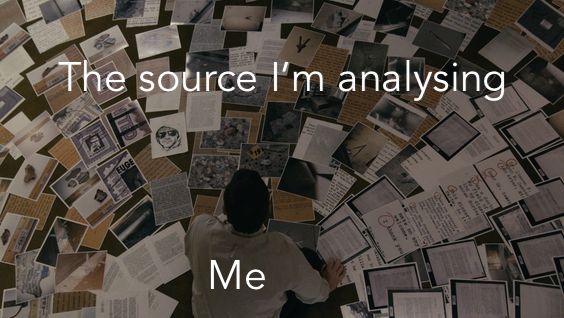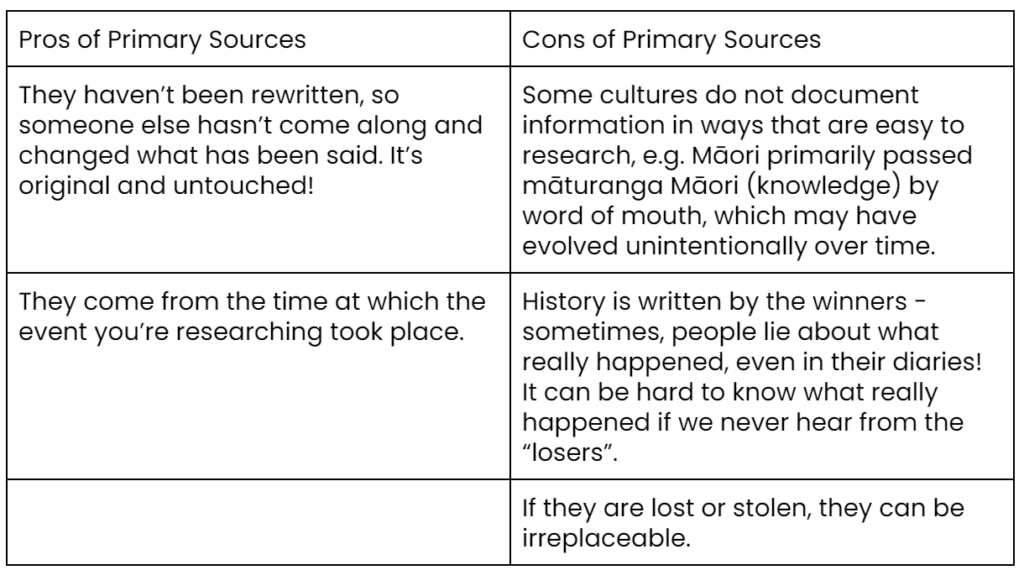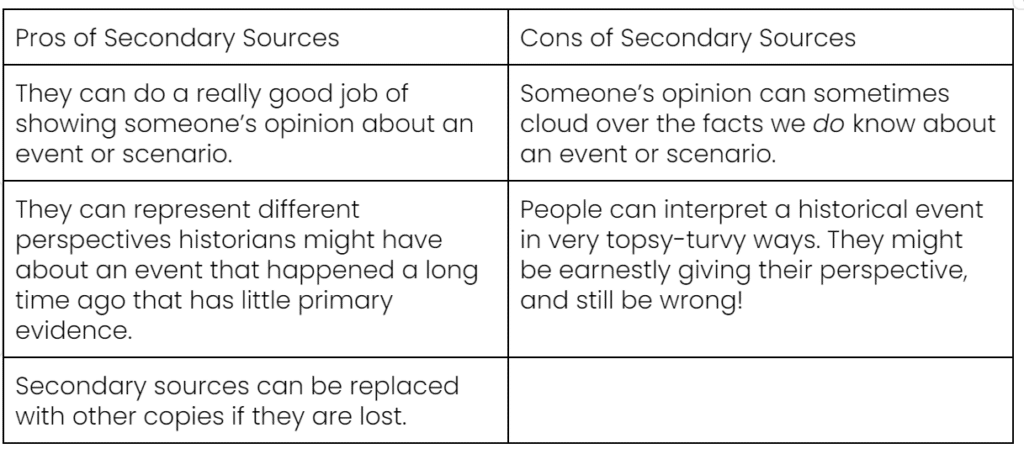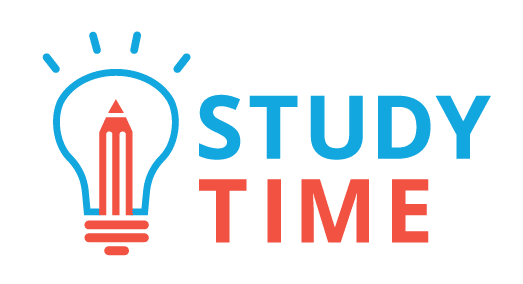High school is all about learning, which is kind of why your teachers exist. But what’s the first thing you do when you have a burning question about something completely unrelated to school? Think – ‘insert funny search topic’. You’ll probably jump straight onto Google.
The problem is, Google provides you with an unimaginable number of possible answers for this. How do you know which is the right one?
Now imagine this same problem in the context of an internal where you need to learn without your teacher’s help. Sometimes the most long-winded part of writing a research essay isn’t the essay! It’s almost always the research.
Throughout your high school career, and your potential future in university study, you’re going to be expected to be a good researcher. This article will help you to work through those stacks of Google search results much easier, so you can be sure you’re always picking out the most accurate and relevant results for your research.
Navigating Big Pieces of Writing
Often when you’re carrying out research, you need to answer a pretty specific question. However, even if you were to Google a query as simple as, ‘do dogs have four legs’, it’s unlikely that you’ll find a source where the answer is just ‘yes.’ Instead, you might be faced with website pages that show you information that’s thousands of words long – a bit like this StudyTime article…
- So how do you break it down to find the answers you’re looking for?
Knowing how to weave your way through longer pieces of information is going to be necessary both for good research at high school, and university, if you choose to attend.
First, let’s discuss some examples of types of writing you might encounter in your research:
- News features: These are like news articles, but they tend to be longer, because they are considered to be more important, or information-heavy.
- Peer-reviewed articles: Ever used Google Scholar? If you ask your research question there, most of your search results will be peer reviewed articles. This means they have been published in scientific journals, and have been reviewed by other educated people who work in the same field. These articles are often very long, complicated, and jargon-heavy.
- Books: We won’t insult your intelligence here by assuming you’ve never seen one of these before. Vaguely rectangular, has pages, maybe some chapters, etc…
- Entire websites: We also know you’re probably aware these exist, but sometimes a whole website might be dedicated to answering your one measly research question. This is where things can get hairy.
Each of these different sources have the fact they contain a lot of information in common, but the way you might navigate each one will end up being a bit different. Let’s have a look at what good research might look for each of them!
How to Navigate Different Sources
Feature articles
These are often found on websites that represent different news organisations. Sometimes, a Stuff NZ article will only take you a minute or two to read, but other big feature articles on the same site can feel so much more tiring to read. Hopefully, the article will use sub-headings, just like this one! Focus on these, and skim until you find one that is relevant to your research question. From here, you’ll be able to find the most specific information to answer it!
Books
Unlike what we’re about to suggest regarding peer reviewed articles, you can’t ‘Control F’ a book.
- That’s why chapters and indexes are important to familiarise yourself with.
Often, non-fiction books will have an index of important terms and topics at the end of the book (in alphabetical order, no less). Use this to look for words related to what you’re researching. For example, if you’re asking a question about climate change, use the index to look for words like ‘temperature’ or ‘climate’ or ‘natural disaster’.
The index will let you know what page these topics are discussed on, so you can jump straight into the relevant stuff without wasting any time first.
Peer-reviewed articles
These are probably the most intimidating type of source you’ll encounter when trying to carry out good research. Unfortunately, scientists and people with PhDs in general sometimes like to talk about their research in the most annoying and lengthy way possible. For you, a humble student just trying to answer a question, this means extra work just trying to understand what they’re on about.
For this reason, you could use the control/command F shortcut on your computer. This allows you to type any word into a little search bar at the top of your screen, and the computer will automatically tell you where inside the article they’re written. It’s kind of like a build-your-own index!

As for understanding the entire article itself, read the abstract.
Most peer reviewed articles summarise what they have researched, and discussed, in a shorter overview at the very start of the paper. Remember that this will tell you the answer to their research question, and not necessarily yours. Don’t despair if the solution is not what you were looking for, different papers often have different results. That’s where an ability to look for the reliability of a source comes into play. We’ll talk about that later.
Dedicated websites
When you find a website that is entirely dedicated to unpacking a single topic, it can feel like a labyrinth. Combine the skills that we’ve already chatted about for this.
Look out for page headings, use control/command F to investigate if your keywords and concepts are present, and take it with a grain of salt! Someone being passionate about making a website about a topic is not the same thing as reliable and accurate information.
Next up, we’ll look at exactly how to tell the difference!
Knowing if a Source is Reliable
If you’ve gathered information from a source to answer a question, you’ll want to find out if the source is telling the truth. If Google has provided you with thousands of search results after you ask a question, there’s just no way every source can be correct, because each one is likely to have different opinions.
There are a lot of sneaky ways you can investigate a source to check if it’s worth believing. By the end of this section, you should consider yourself a private investigator of source reliability!

Primary versus Secondary Sources
This section of the article is especially useful for those of you currently doing NCEA History, Classics, or Sociology. These subjects expect you to know the difference between a primary and secondary source, and the pros and cons of using each one in research. Good research normally has a mix of both, which is why it’s important to know how to unpack the reliability of each one.
Primary sources
A primary source, as defined by the National Library of New Zealand, is: ‘…Created as people experience everyday life. Primary sources are original, first-hand records about people, places, taonga and events. They capture a moment in time and are created as people record what they see, hear and feel.’
Examples of primary sources include:
- Diary Entries
- Photographs
- Memoirs
- Taonga
- Speeches, or recorded audio
These are all ways those who have come before us have been able to record and preserve moments in history. Lucky for us, so we have evidence to look at while we research. However, there are definitely some cons to primary sources as well, especially if you research an event that happened a long time ago.

Secondary sources
These types of sources are pieces of media that interpret already existing primary sources. That means that someone else is retelling a version of an event. They might be sharing their opinion about the event, or their version of what they believe to have happened. There are often lots of copies of secondary sources, so they can be replaced if they are lost or stolen.
Examples of secondary sources include:
- Films
- Websites
- Books
- Opinion pieces
These are all ways someone could choose to show how they have interpreted an event. They are not primary sources because the maker did not necessarily witness the event firsthand, or even live in the same time or place that the event took place. Secondary sources can be really valuable when you conduct good research, as long as you bear the following pros and cons in mind.

Knowing if a source is reliable
Now that you know the difference between a primary and secondary source, AND how to navigate the sources themselves, it’s time to get into how we can actually make sure a source we’re researching is telling the truth. This is where you become a real life private investigator! Read on to find out how you can put Sherlock to shame, and analyse just how reliable a source is.
Source quality
Before we get into the even more nitty gritty, sometimes a quick glance at a source can tell you a lot about how reliable it is.
- Have a read of the first few sentences, and critically think about what’s going on. Does their writing contain spelling mistakes? Does the website look unprofessional? Does it sound like it was written by an overly opinionated but uneducated person?
If you said yes to any of these questions, bingo! This source probably isn’t the best place to look to answer a research question, and you might want to ditch it.
For instance, who would you trust?

If you picked the top option, you might need to go back and reread this article.
Referencing
Another way to quickly assess if a source is reliable, especially regarding secondary sources, is to see if the author has shown where they found the information that they are writing about. If the author makes a claim like ‘everyone in Aotearoa owns at least one sheep’, or something else just as unbelievable, have they referenced where they found it?
Sea urchins have hooves, and as unlikely as that sounds, we can show you the source where we got that information. Just click the link! Sources that back up the claims or facts they’re telling you are far more reliable if they have clearly referenced. However, just be sure to check that the references also look reliable, and that the references actually support what the authors are saying.
URLs
If you’ve had a read of an online source and it’s sounding pretty good, have a look at the actual URL of the website. It might seem like an incoherent jumble of numbers and letters with a word thrown in every now and then, but they can tell you a lot about how reliable a source is to use when you’re researching. Looking at the domain of a website (the bit that says .com, or .co.nz), is especially helpful.
Here in Aotearoa, we are lucky enough that our government has a lot of online websites dedicated to informing you about our country, its history, our environment, and more. These contain a .govt.nz domain signature in their URL. That tells you the website is run by a government organisation!
Government run websites are an excellent place to find accurate and reliable information, because there are people employed to make sure the site contains info that is well researched and up to date.
Websites with a .co.nz url tell you the organisation is based in Aotearoa, but that does not necessarily mean it is factual. Websites that have a .com url might come from anywhere, but with a bit of looking you’ll be able to find out more clues as to their reliability.
Bias
When we talk about bias here, we don’t mean K-pop or a specific cut of clothing. When you’re conducting good research, you need to consider another type of bias.
Sometimes, someone might have a pretty big interest in continuing the spread of information, even if it is not true. This could be because they have a financial interest in people agreeing with them, or that they need to keep a specific job. Let’s have a look at some types of bias you might encounter.
- Organisational bias
Sometimes you might stumble across a source that fits nicely into all the criteria we’ve looked at so far. The information is coming from a company or organisation, and seems pretty well researched. This is where an organisational bias might come into play, especially if you’re researching something pretty controversial.
For example: The horse racing industry is a hot topic for debate at the moment. If you are researching whether it is healthy for horses to race, and you use a racing organisation as your source, you’ll probably discover they are biased. They have an interest in keeping the racing industry going, so they might choose to only discuss facts that show how healthy horses who compete in racing are, while ignoring all of the negatives of horse racing.
- Author bias
Sometimes it might not be an entire organisation that is biased, but just the author of a piece of work. This type of bias often comes into play with sources that a lot of different people contribute to, like news outlets. If a journalist authors a piece talking about why climate change is not caused by fossil fuels, you might start to wonder why…
Have a look at their social media profiles if they are able to be found, and see what else they’re involved in on their days off. Maybe this author in particular also comes from a background where they work with an oil company. Suddenly, it’s pretty obvious why they’d want you to believe fossil fuels are great for the environment.
You often really need to dig deep to figure out if the author of a source has a bias, and sometimes you might not be able to find the author of a piece of research at all. That’s okay, it doesn’t mean that you need to trash your source, just look carefully at everything else you can find to assess its reliability.
Relevance
When you’re researching, it’s super important to make sure you find sources to answer your research question that are relevant. By this, we don’t just mean relevant to your question, but also relevant to society.
Humans, and the internet, both move fast when it comes to discovering new things. If you’re reading a book that was published fifty years ago, it might be a good idea to go and have a look at some more present day info. You don’t need to ditch this book altogether, just make sure that some more relevant information is still concordant with said book.
Of course, this might not be as helpful for primary sources, as their whole point is that they don’t tend to be updated. Still, keep relevance in mind for secondary sources.
Final thoughts
After reading all this information, you should now feel closer to being an expert at research! You learned how to unpack different types of sources, as well as how to check if each is reliable. The main takeaways we want you to have are:
- Navigate your sources strategically, using search commands and headings to find key points.
- Thoroughly check whether your sources are reliable. Make sure you go beyond the source for this!
- Ensure you’re using good quality, unbiased sources. If a source is biased, be sure to state the bias and bear this in mind when interpreting the information presented.
Happy researching!

0 Comments